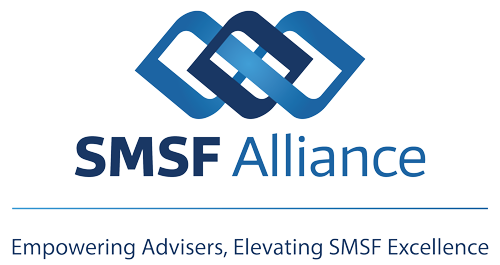Following my posts on the indexation of the general transfer balance cap I’ve been asked why I did not show an increase the contribution caps as well. In keeping with the principle of making simple things complex, the indexation triggers for the general transfer balance and for contribution caps differ.
The general transfer balance cap is indexed in minimum increments of $100k based on the inflation rate as measured by increases to the consumer price index (CPI). Few would have imagined an inflation rate so high as to warrant a leap over a complete level to increase the cap by $200k, but such is the world we live in.
Concessional contribution cap increases, in increments of $2,500, are triggered by the growth in average weekly ordinary time earnings (AWOTE). Non-concessional caps are 4 times the concessional caps so increase in step.
Wages growth is lagging inflation so we can’t expect to see the same two-level increase as applied to the general transfer balance cap. Maybe we will see no increase at all. In any case we will know on February 23rd when the AWOTE numbers will be published.
Though the increase in the general transfer balance cap doesn’t affect contribution caps it still effects what can be contributed under the total super balance limitations.
| Maximum NCC Cap | Current | From 1 July 2023 |
| $330,000 | <1.48m | <$1.68m |
| $220,000 | $1.48m-$1.59m | $1.68m – $1.79m |
| $110,000 | $1.59m – $1.7m | $1.79m – $1.9m |
| NIL | >$1.7m | >$1.9m |
Note that any triggering of the non-concessional bring forward provisions will lock the maximum non concessional contributions over the three years to the $110k/$330k cap that applies this year.


